Global Trends in Guidance and Steering System for Precision Agriculture Market: Growth & Innovations
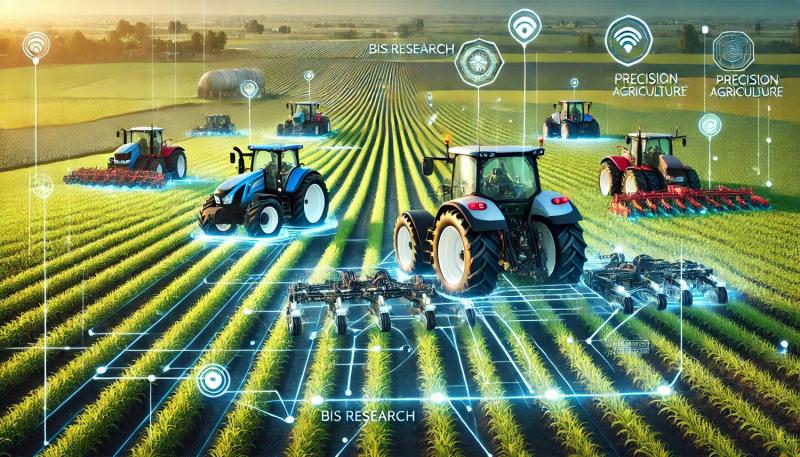
The precision agriculture industry is rapidly evolving, driven by the increasing need for efficient, sustainable farming practices. At the core of this transformation is the guidance and steering system for precision agriculture industry, which plays a critical role in enhancing farm productivity, reducing operational costs, and minimizing environmental impact. As global food demand rises and agricultural resources face strain, innovations in guidance and steering systems are becoming essential for farmers to optimize their operations.
Overview of the Market
"Guidance and Steering Systems" are technologies designed to help farmers manage their fields with greater precision. These systems use GPS (Global Positioning System), satellite imagery, sensors, and machine automation to control the movement of tractors, harvesters, and other farm machinery, ensuring they follow optimal paths across fields. By eliminating overlaps and gaps in fieldwork, these systems allow for more accurate application of seeds, fertilizers, and pesticides, improving yield and reducing input waste.
According to BIS Research, the global guidance and steering system for precision agriculture market is projected to reach $5,685.1 million by 2033 from $2,307.5 million in 2023, growing at a CAGR of 9.51% during the forecast period of 2024-2033.
Key components of precision agriculture guidance and steering systems include:
Auto-steering and assisted steering systems that autonomously guide tractors and other farm vehicles.
GPS and GNSS (Global Navigation Satellite System) receivers for accurate positioning.
RTK (Real-Time Kinematic) technology for high-precision navigation.
Field mapping and variable rate technology (VRT) to optimize input distribution.
Key Growth Drivers in the Market
Several factors are driving the growth of the guidance and steering system for precision agriculture industry on a global scale:
Increasing Need for Farm Efficiency and Productivity:
With rising global food demand, precision agriculture systems like guidance and steering technologies help optimize land use and enhance productivity.
Automation reduces human error, boosts crop yields, and ensures precise application of inputs like fertilizers and water.
Rising Adoption of Precision Farming Technologies:
Precision farming tools, including guidance and steering systems, are being widely adopted in regions such as North America, Europe, and Asia-Pacific.
These systems help farmers lower fuel consumption, labor costs, and environmental impact, while improving accuracy and boosting demand for precision solutions.
Government Support and Incentives for Sustainable Agriculture:
Governments offer subsidies and grants to promote sustainable farming, driving adoption of precision agriculture technologies like guidance and steering systems.
Policies in regions like the EU and the US aim to reduce environmental impact, lower emissions, and ensure food security.
Technological Advancements and Integration of IoT:
Advances in GPS, data analytics, and IoT are enhancing guidance and steering systems with real-time monitoring, autonomous operation, and farm management integration.
IoT sensors, drones, and cloud platforms improve field mapping and decision-making, further expanding the market.
Global Market Segmentation
Segmentation 1: by Application
Field Preparation
Precision Fertilization
Precision Planting
Precision Irrigation
Segmentation 2: by Hardware Type
GPS/GNSS Receivers
Sensors
Steering Components
Display and Controllers
Segmentation 3: by Region
North America
Europe
Asia-Pacific
South America
Middle East and Africa
Key Global Trends in the Market
As the guidance and steering system market for precision agriculture continues to expand, several emerging trends are shaping its future direction.
Increased Adoption of Autonomous Tractors
Integration of Artificial Intelligence (AI) and Machine Learning
RTK Technology for High-Precision Farming
Cloud-Based Farm Management Systems
Expansion in Emerging Markets
Latest Innovations in the Market
Innovation is key to the continued growth of the guidance and steering system market. Some of the latest advancements include:
Precision Automation with Swarm Technology: Swarm technology involves multiple smaller autonomous vehicles working together to perform agricultural tasks like planting and harvesting, improving efficiency and reducing soil compaction compared to large machinery.
Drones for Aerial Field Mapping and Input Application: Drones equipped with high-resolution cameras and sensors provide real-time data on crop health, soil conditions, and pests, which is integrated with tractor guidance systems to optimize input application, improving yields and reducing costs in precision agriculture.
Enhanced GPS Receivers and Sensors: New-generation GPS receivers and sensors provide enhanced accuracy and reliability in difficult environments like hilly terrain or under tree canopies, ensuring consistent precision and improved operational efficiency in the field.
Get more insights on the Agriculture Market Research Reports.
Future Market Outlook
The future of the guidance and steering system for precision agriculture market looks promising, with substantial growth expected in the coming years. The market is projected to grow at a robust compound annual growth rate (CAGR) as more farmers adopt precision farming technologies to meet global food demands and navigate the challenges of climate change.
Key factors driving future growth include:
Ongoing advancements in autonomous farming technologies.
Increased investment in agricultural innovation and research.
Rising awareness of sustainable farming practices and environmental impact.
Expansion of precision farming in emerging economies.
As these factors converge, the guidance and steering system market is set to play an increasingly vital role in transforming agriculture into a more efficient, sustainable, and productive industry.
Conclusion
The global guidance and steering system for precision agriculture industry is revolutionizing modern farming by providing farmers with tools to enhance productivity, reduce costs, and minimize environmental impact. With the continued development of autonomous vehicles, AI-powered decision-making, and real-time data integration, the future of precision agriculture looks bright.
As global demand for food continues to rise, innovations in guidance and steering systems will be essential for creating sustainable, efficient farming operations that can meet the challenges of the 21st century.
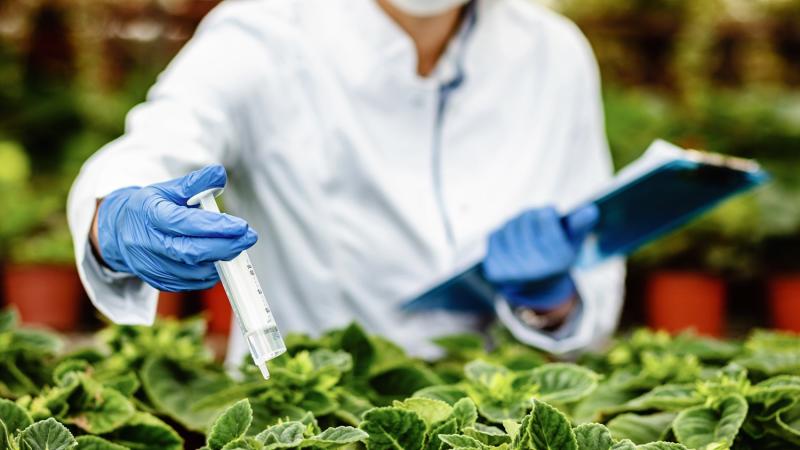
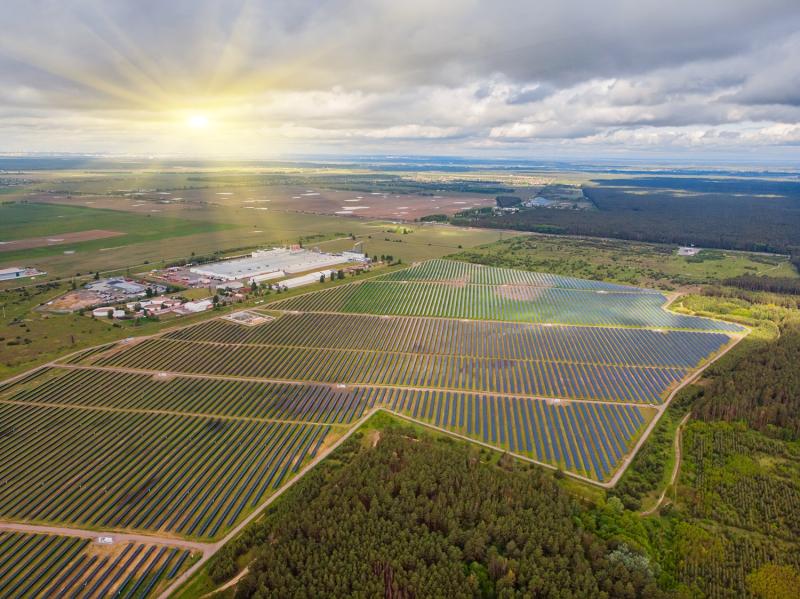



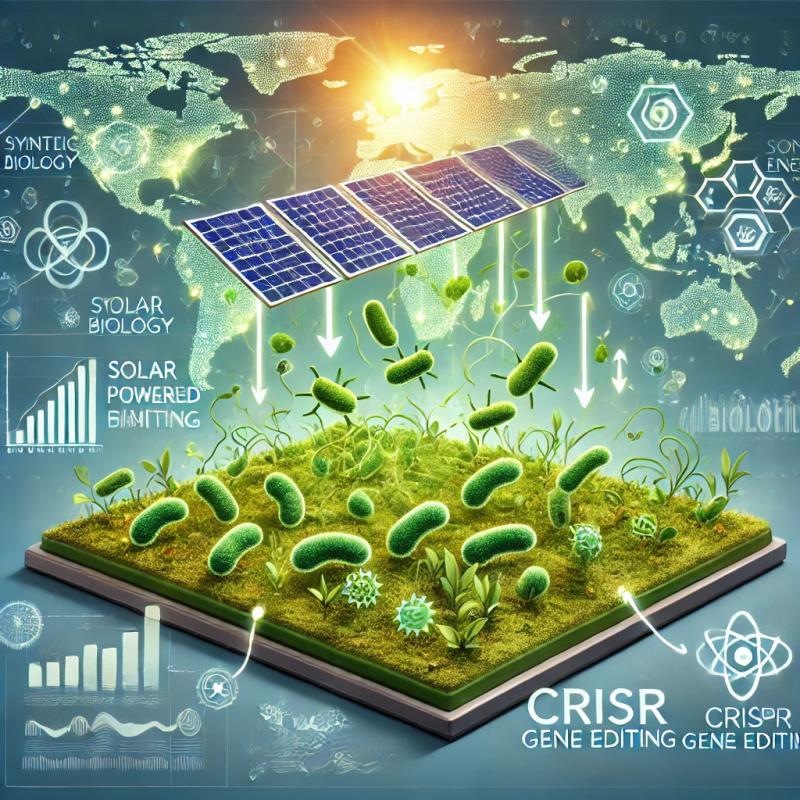


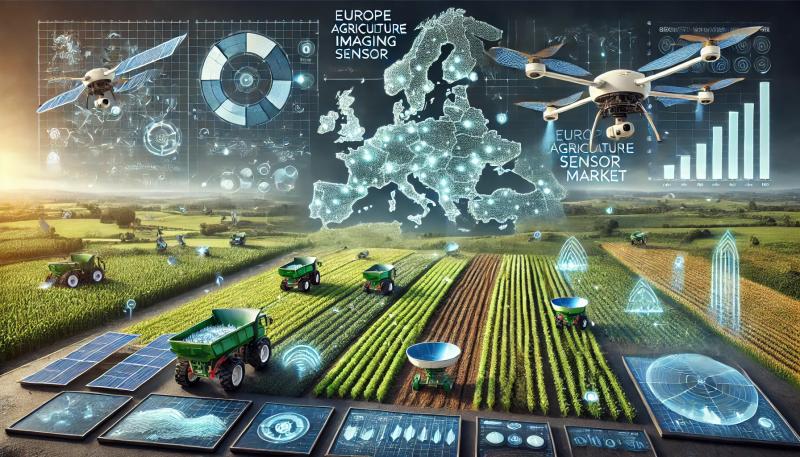
Comments